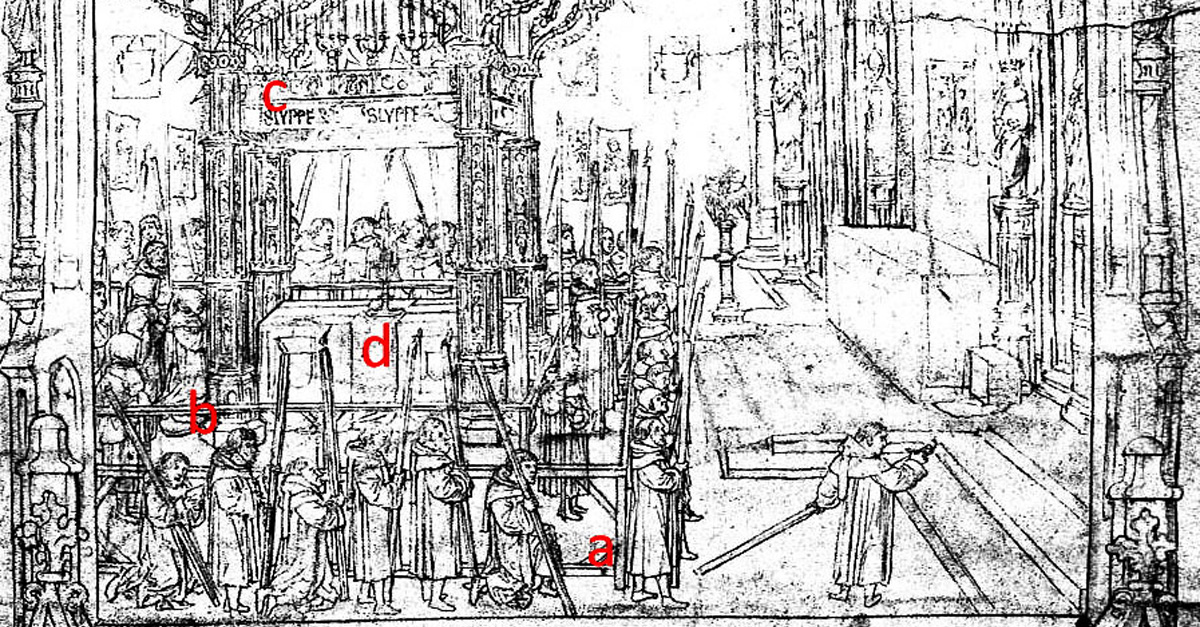Queen Elizabeth II died on September 8, 2022, and the pictures of the funeral ceremony went around the world. In addition to the "gossip" in the tabloid press, they also showed one thing: The funeral was a well-planned act of state based on ancient historical rituals. Reason enough to take a closer look at a royal funeral in late medieval England. ...

